Related Research Articles
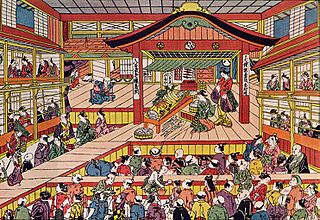
Ukiyo-e is a genre of Japanese art which flourished from the 17th through 19th centuries. Its artists produced woodblock prints and paintings of such subjects as female beauties; kabuki actors and sumo wrestlers; scenes from history and folk tales; travel scenes and landscapes; flora and fauna; and erotica. The term ukiyo-e (浮世絵) translates as "picture[s] of the floating world".

Pieter Bruegelthe Elder was the most significant artist of Dutch and Flemish Renaissance painting, a painter and printmaker from Brabant, known for his landscapes and peasant scenes ; he was a pioneer in making both types of subject the focus in large paintings.
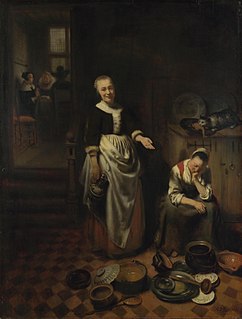
Genre art is the pictorial representation in any of various media of scenes or events from everyday life, such as markets, domestic settings, interiors, parties, inn scenes, and street scenes. Such representations may be realistic, imagined, or romanticized by the artist. Some variations of the term genre art specify the medium or type of visual work, as in genre painting, genre prints, genre photographs, and so on.
A madrigal is a secular vocal music composition of the Renaissance and early Baroque eras. Traditionally, polyphonic madrigals are unaccompanied; the number of voices varies from two to eight, and most frequently from three to six. It is quite distinct from the Italian Trecento madrigal of the late 13th and 14th centuries, with which it shares only the name.
A chanson is in general any lyric-driven French song, usually polyphonic and secular. A singer specializing in chansons is known as a "chanteur" (male) or "chanteuse" (female); a collection of chansons, especially from the late Middle Ages and Renaissance, is also known as a chansonnier.

A Singspiel is a form of German-language music drama, now regarded as a genre of opera. It is characterized by spoken dialogue, which is alternated with ensembles, songs, ballads, and arias which were often strophic, or folk-like. Singspiel plots are generally comic or romantic in nature, and frequently include elements of magic, fantastical creatures, and comically exaggerated characterizations of good and evil.
Son cubano is a genre of music and dance that originated in the highlands of eastern Cuba during the late 19th century. It is a syncretic genre that blends elements of Spanish and African origin. Among its fundamental Hispanic components are the vocal style, lyrical metre and the primacy of the tres, derived from the Spanish guitar. On the other hand, its characteristic clave rhythm, call and response structure and percussion section are all rooted in traditions of Bantu origin.

Woodblock printing is a technique for printing text, images or patterns used widely throughout East Asia and originating in China in antiquity as a method of printing on textiles and later paper. As a method of printing on cloth, the earliest surviving examples from China date to before 220 AD. Woodblock printing existed in Tang China during the 7th century AD and remained the most common East Asian method of printing books and other texts, as well as images, until the 19th century. Ukiyo-e is the best known type of Japanese woodblock art print. Most European uses of the technique for printing images on paper are covered by the art term woodcut, except for the block-books produced mainly in the 15th century in India.

A calendar is used to display dates and related information, usually in a table format. Calendars are used to plan future events and keep track of appointments, and so a typical calendar will include days of the week, week numbering, months, public holidays and clock changes. Printed calendars also often contain additional information relevant for specific groups – for instance, a Christian liturgical calendar will show holy days and liturgical colours, while a calendar for amateur astronomers will highlight phases of the moon, conjunctions and eclipses. Alongside their practical uses, calendars have taken on a decorative purpose, offering an easy way to introduce regularly changing artwork to a space, and have even influenced art and sexuality by popularizing the pin-up style.
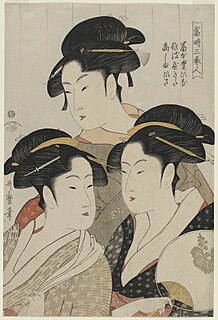
Bijin-ga is a generic term for pictures of beautiful women in Japanese art, especially in woodblock printing of the ukiyo-e genre, which predate photography.
Varèse Sarabande is an American record label, owned by Concord Music Group and distributed by Universal Music Group, which specializes in film scores and original cast recordings. It aims to reissue rare or unavailable albums, as well as newer releases by artists no longer under a contract. The label's name was derived from combining French-born composer Edgard Varèse's last name with the musical term sarabande, a slow Spanish dance.
A feuilleton was originally a kind of supplement attached to the political portion of French newspapers, consisting chiefly of non-political news and gossip, literature and art criticism, a chronicle of the latest fashions, and epigrams, charades and other literary trifles. The term feuilleton was invented by the editors of the French Journal des débats; Julien Louis Geoffroy and Bertin the Elder, in 1800. The feuilleton has been described as a "talk of the town", and a contemporary English-language example of the form is the "Talk of the Town" section of The New Yorker.
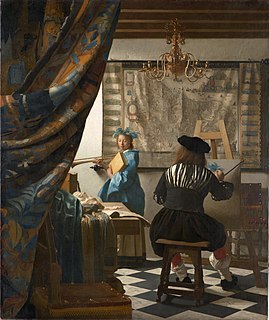
Genre painting, also called petit genre, depicts aspects of everyday life by portraying ordinary people engaged in common activities. One common definition of a genre scene is that it shows figures to whom no identity can be attached either individually or collectively—thus distinguishing petit genre from history paintings and portraits. A work would often be considered as a genre work even if it could be shown that the artist had used a known person—a member of his family, say—as a model. In this case it would depend on whether the work was likely to have been intended by the artist to be perceived as a portrait—sometimes a subjective question. The depictions can be realistic, imagined, or romanticized by the artist. Because of their familiar and frequently sentimental subject matter, genre paintings have often proven popular with the bourgeoisie, or middle class.
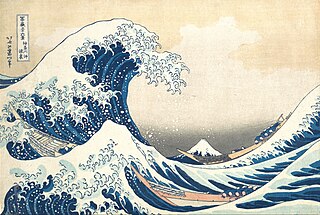
Woodblock printing in Japan is a technique best known for its use in the ukiyo-e artistic genre of single sheets, but it was also used for printing books in the same period. Woodblock printing had been used in China for centuries to print books, long before the advent of movable type, but was widely adopted in Japan during the Edo period (1603–1868). Although similar to woodcut in Western printmaking in some regards, the mokuhanga technique differs in that it uses water-based inks—as opposed to western woodcut, which often uses oil-based inks. The Japanese water-based inks provide a wide range of vivid colors, glazes, and transparency.

The Liber pantegni is a medieval medical text compiled by Constantinus Africanus prior to 1086. Constantine’s Pantegni has been called “the first fully comprehensive medical text in Latin.” There was, of course, a substantial body of Latin medical writing circulating in western Europe in the early Middle Ages, but the Pantegni was the first text to bring together, in one place, a broad array of learning on anatomy, physiology, and therapeutics. It was dedicated to Abbot Desiderius of Monte Cassino, before he became Pope Victor III in 1086. In 2010, a manuscript at the Hague known to scholars since the early 20th century, but little studied, was recognized as being the earliest copy of the Pantegni, made at Monte Cassino under Constantine's supervision.
Yahya ibn Sarafyun a Syriac physician, known in Europe as Johannes Serapion, and commonly called Serapion the Elder to distinguish him from Serapion the Younger, with whom he was often confused.
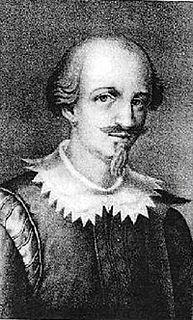
Giovanni da Vigo (1450–1525) was an Italian surgeon. He studied under Battista di Rapallo, surgeon to the Marquis of Saluzzo. He spent his early years of practice in Genoa and a statue of him can be found in front of the old Civic hospital in Rapallo. In 1495 Vigo moved to Savona and became acquainted with Cardinal Giuliano della Rovere. When the Cardinal was made Pope Julius II in 1503, he took Vigo with him to Rome, appointing him as his official surgeon. He was with the Pope in the attack on Bologna and cured the Pope of a nodule on his hand.

The wordless novel is a narrative genre that uses sequences of captionless pictures to tell a story. As artists have often made such books using woodcut and other relief printing techniques, the terms woodcut novel or novel in woodcuts are also used. The genre flourished primarily in the 1920s and 1930s and was most popular in Germany.
Wenzel Faber von Budweis (1455–1518) was an astronomer, astrologer and theologian from Bohemia.
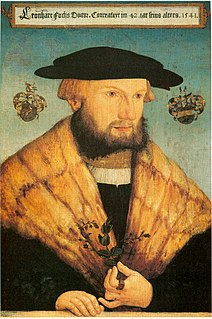
Learned medicine is a term applied to the European medical tradition in the Early Modern period, when it experienced the tension between the texts derived from ancient Greek medicine, particularly by followers of the teachings attributed to Hippocrates and those of Galen vs. the newer theories of natural philosophy spurred on by Renaissance humanistic studies, the religious Reformation and the establishment of scientific societies. The Renaissance principle of "ad fontes" as applied to Galen sought to establish better texts of his writings, free from later accretions from Arabic-derived texts and texts of medieval Latin. This search for better texts was influential in the early 16th century. Historians use the term medical humanism to define this textual activity, pursued for its own sake.
References
- ↑ Jonathan Green (2012). "Printing the future: the origin and development of the "Practica Teütsch" to 1620". Archiv für Geschichte des Buchwesens. 67. Walter de Gruyter. pp. 1–18. ISBN 978-3-11-028106-4 . Retrieved 11 May 2013.
| This astrology-related article is a stub. You can help Wikipedia by expanding it. |